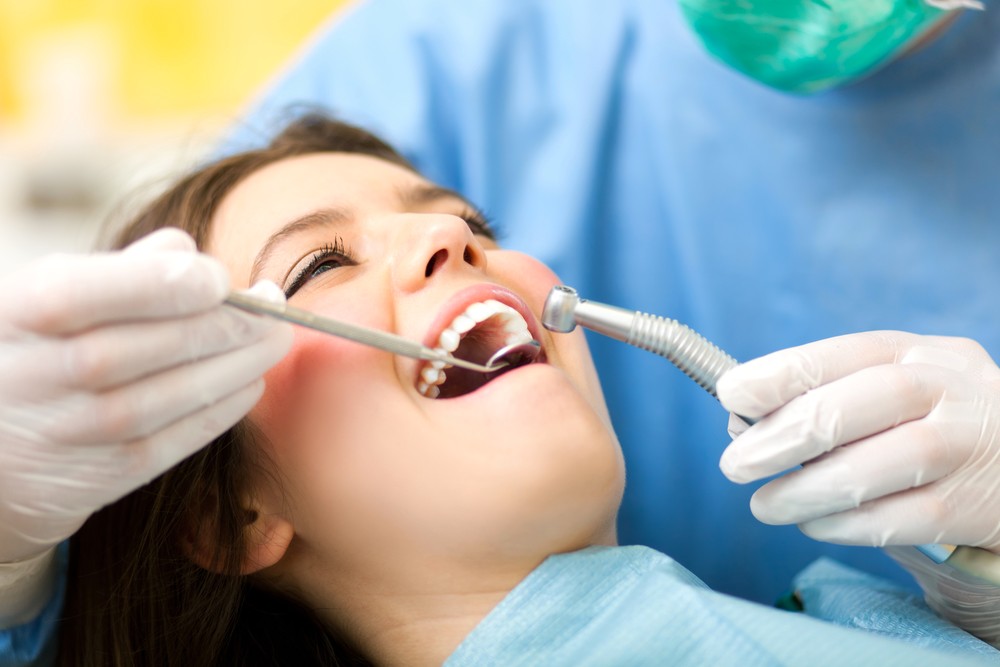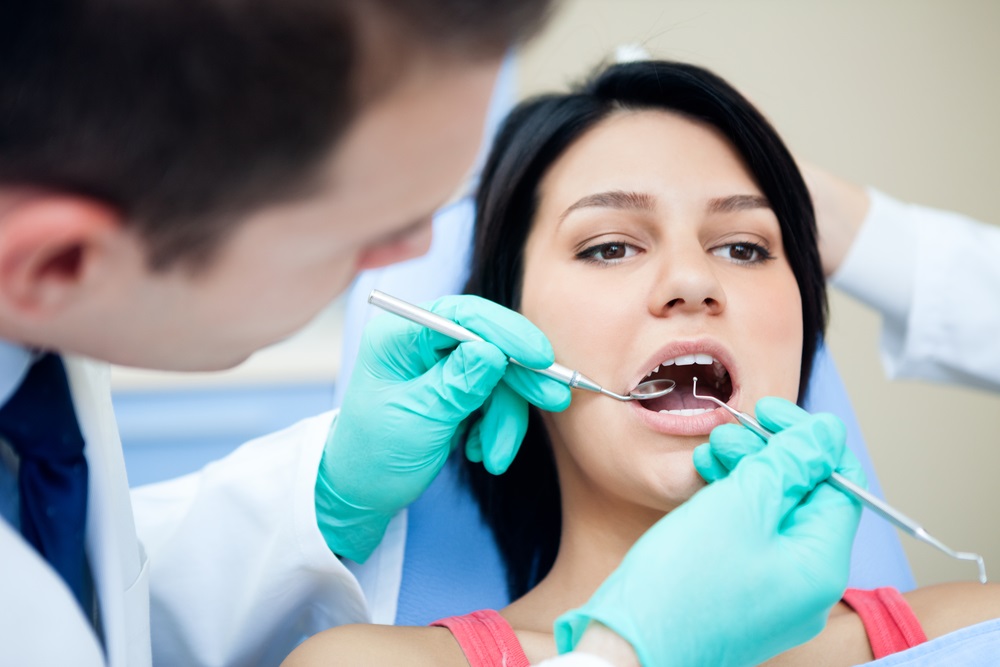Overbite, a common orthodontic issue characterized by the upper teeth significantly overlapping the lower teeth, can lead to various dental problems if left untreated. Correcting an overbite not only improves the aesthetics of one’s smile but also addresses potential functional issues, enhancing overall oral health. Traditional braces and Invisalign are two leading orthodontic treatments available today, each with its strengths in treating overbite conditions. This article delves into the effectiveness of both methods, offering insights into treatment selection based on specific needs.
Understanding Overbite Correction
Overbite correction typically involves moving the teeth into better alignment and, in some cases, reshaping the jaw’s positioning. The complexity of overbite correction varies, depending on whether the overbite is skeletal (related to jaw structure) or dental (related to teeth positioning). This distinction is crucial in determining the most effective treatment approach.
Traditional Braces: The Conventional Approach
Traditional metal braces have been the go-to solution for correcting overbites for decades. Their effectiveness in treating even the most complex cases is well-documented. Braces apply continuous pressure on the teeth, gradually moving them into the desired position. For skeletal overbites, braces are often used in conjunction with other orthodontic appliances, like palatal expanders, to modify the jaw’s width and correct the overbite.
Strengths:
- Versatility: Braces are effective in treating a wide range of overbite severities, including cases where significant tooth movement or jaw realignment is necessary.
- Control: Orthodontists have greater control over tooth movement with braces, allowing for precise adjustments throughout the treatment.
Considerations:
- Aesthetics: The visibility of metal braces is a concern for some patients, particularly adults.
- Comfort and Hygiene: Braces require meticulous cleaning, and the brackets and wires can cause discomfort, especially after adjustments.
Invisalign: The Modern Alternative
Invisalign offers a less visible, more comfortable alternative to traditional braces. Using a series of clear, removable aligners, Invisalign gradually shifts the teeth into place. While initially considered ideal for mild to moderate alignment issues, advancements in Invisalign technology have expanded its capabilities to include more complex cases, including certain types of overbites.
Strengths:
- Aesthetics: The clear aligners are virtually invisible, making Invisalign an attractive option for those concerned about the appearance of braces.
- Comfort and Convenience: Aligners are removable for eating and cleaning, promoting better oral hygiene and offering a more comfortable treatment experience.
Considerations:
- Compliance: The success of Invisalign treatment heavily relies on the patient wearing the aligners for the recommended 22 hours per day.
- Limitations: While Invisalign can effectively treat many overbite cases, extremely severe or skeletal overbites may still require traditional braces or additional orthodontic appliances.
Case Studies and Guidelines for Treatment Selection
Case studies reveal that both braces and Invisalign can effectively treat overbites, but the choice between them often depends on specific case factors. For instance, a study published in the Journal of Orthodontic Science highlighted successful overbite correction using Invisalign in a patient with a moderate dental overbite, emphasizing the importance of patient compliance with wearing aligners. Conversely, cases involving significant skeletal overbites often utilize braces with supplementary orthodontic devices to achieve the desired outcome.
When selecting a treatment, consider the following guidelines:
- Severity of Overbite: Traditional braces are typically recommended for severe or skeletal overbites, while Invisalign can be effective for mild to moderate dental overbites.
- Aesthetic Concerns: Patients prioritizing aesthetics may prefer Invisalign for its discreet appearance.
- Lifestyle and Compliance: Invisalign requires strict adherence to wearing aligners as prescribed. Patients unsure about maintaining this discipline might achieve better results with braces.
Ultimately, the decision between braces and Invisalign for treating an overbite should be made in consultation with an orthodontist. They can assess the specific characteristics of the overbite, consider the patient’s lifestyle and preferences, and recommend the most effective treatment plan. Whether through traditional braces or Invisalign, advancements in orthodontic technology and techniques have made correcting overbites more efficient and accessible, promising improved oral health and aesthetics for patients.



